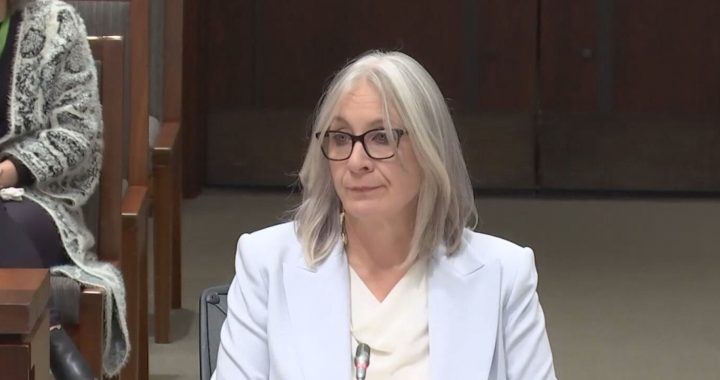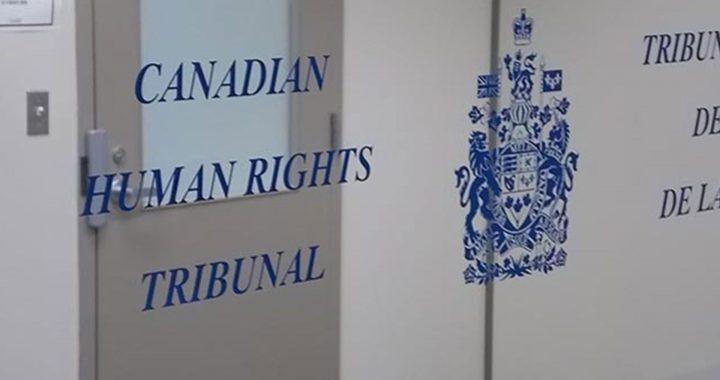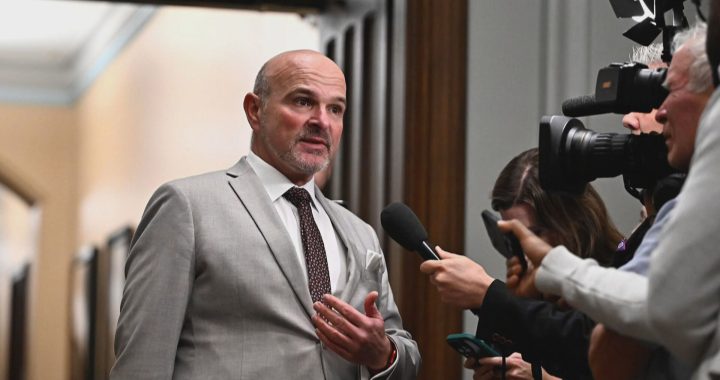Julien Gignac
APTN National News
Brantford city council has agreed to give $220,000 in an effort to restore the Mohawk Institute Indian Residential School.
The hope is to re-purpose the “mush hole,” transforming it into a “living” testament to educate Canadians about First Nations’ history and the residential school system.
Ontario students have been touring the building for the past 18 to 24 months. This was inspired by the Ontario Ministry of Education’s mandate to bolster education about the history of residential schools.
These funds will go towards fixing a leaky roof. The projected bill runs at roughly $1 million.
Six Nations Chief Ava Hill provided the same amount over a year ago. She prompted the federal and provincial government to follow suit.
This year it came from the surrounding municipality.
“I was quite happy with the vote,” said Brantford Mayor Chris Friel. “It was a solid majority from counsellors.
“People putting themselves in the shoes of the survivors and their families I think is what drove a lot of that positive vote,” Friel said. “A number of my councillors are very passionate about making sure we work towards righting a wrong, even though it might not have been something they or their families had been directly involved with.”
Six Nations and Brantford are going to work in tandem to put pressure on the federal and provincial government to subsidize the project, said Hill.
“The benefit is to start educating people in this country about what happened in the residential schools,” she said. “Even the people living next door for years didn’t know what was going on there.”
The property and tract of land is a designated Six Nations National Historic Site.
The Woodland Cultural Centre’s “Save the Evidence campaign” pushed the project forward.
Responses from the community have been overwhelmingly in favour of the project, said Amos Key Jr., director of First Nations language program at the centre.
“Metaphorically, you save the evidence, you save the witness,” he said. “Survivors have told me you can’t appreciate what happened by standing in front of a plaque.”
The campaign is to honour the sacrifice of 15,000 students, or seven generations, who were forced into the school from 1831 to 1970, he said.
The school had a nefarious reputation. Children were placed in solitary confinement if they attempted to escape. Its nickname “mush-hole” is telling: mush laced with flies and maggots was a school staple kids were forced to eat.
Children cut the arms and legs off of oversized wool military uniforms and never did they wear underwear, said Key.
“It’s going to strengthen our humanity as Canadians,” he said. “We’ve heard the truth, we’re going to retell their stories and share their experiences.”
The Mohawk Institute was one of 17 residential schools that operated in Ontario. There are under 10 residential schools that are still standing in Canada.
Estimated costs of all repairs are predicted to cost more than $5 million.









